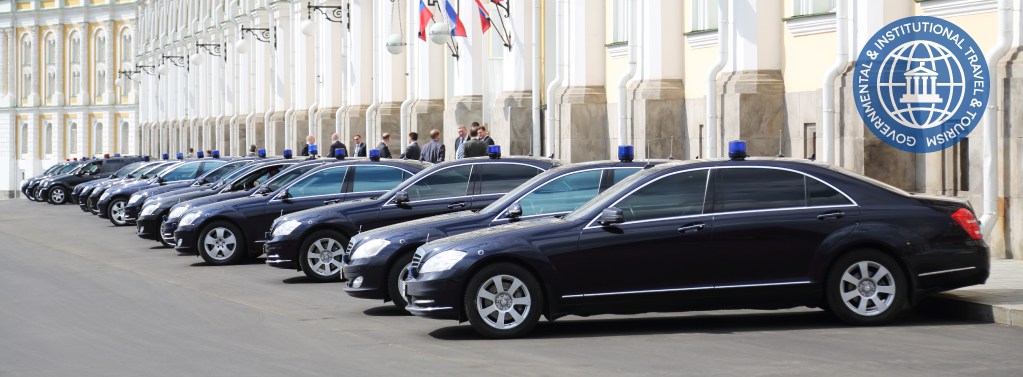
The origin of the motorcade.
Autocades, sometimes called presidential motorcades or, directly, motorcades, are a protocol and security phenomenon with a long historical background. In absolute terms, they have existed since the beginning of civilization as such. This is due to the fact that landing movement of leaders or other authorities between two specific points was necessary.
The invention of the automobile, at the end of the 19th century, completely changed the previous scheme, and this type of transfers began to be carried out in motor vehicles, instead of horse-drawn carriages.
The triumph of the automobile as a means of transport for authorities.
The advent of the automobile in the motorcade, as we know it today, took place in 1903, when the President of the United States, Theodore Roosevelt, made use of a series of motor vehicles during an event in the city of San Francisco, something he would repeat again in 1910, when he attended an air show in St. Louis, Missouri.
This set an important precedent, since, from that moment on, numerous authorities would begin to use automobiles in their travels, both private and official. In fact, the term motorcade was coined by a journalist in 1911, following Roosevelt's appearances in an automobile.
Redesigning motorcade.
These automobiles have been, and are, of utmost importance in travel, and some of them have gone down in history due to situations typical of the time or convulsive times. An example of this is the case of the famous Gräf & Stift Double Phaeton of Archduke Franz Ferdinand of Austria, who was killed on board in 1914 during a visit to Sarajevo (Bosnia and Herzegovina), which started the First World War.
Subsequently, a security breach at an event for U.S. President Franklin D. Roosevelt in 1933 forced a complete redesign of both the concept and configuration of the motorcade. The failed assassination attempt on the President resulted in the death of the Mayor of Chicago, Anton Cermak, who was accompanying him in the car. From that moment on, and even more so with World War II looming, motorcades in the United States were carried out with covered vehicles, flanked by other escort vehicles with alarm sirens.
The end of the war eased the tension regarding the transportation of authorities, and the vast majority of countries and territories returned to the use of convertible cars, despite the struggle between the United States and the Soviet Union at the time. However, the tragic assassination of the 35th President of the United States, John F. Kennedy, in 1963, during a motorcade in the city of Dallas (Texas), led most governments and institutions to reconsider the use of convertibles and even armored vehicles.
This set an unparalleled precedent, despite the high level of security involved in this type of event. In fact, the President of the Soviet Union, Leonid Brezhnev, suffered a similar assassination attempt in 1969, which was frustrated by the use of identical armored vehicles. The exception to the rule was the Pope of the Catholic Church, John Paul II, when he suffered an assassination attempt in 1981 in his convertible car, which meant that, except on rare occasions, he himself and his successors have made use of covered cars.
The motorcade today: an impressive security displays.
Since the early 1980s, most governmental and institutional security services have significantly increased all security measures at motorcades. To this end, since then and up to now, the vast majority of these events usually involve a very significant deployment of security forces.
In addition to all this, the main motorcade is usually escorted by different vehicles of the Government or Institution, as well as State Security Forces and Agencies. Accesses are cordoned off, inhibition technology for explosive devices is used, adjacent buildings are checked and successive aerial searches and surveillance are carried out.
This exponential increase in security has turned motorcades into true spectacular events where security and protocol are intertwined, attracting large audiences. Currently, the United States, China and Russia are the leading exponents in this respect. However, the vast majority of countries in the world usually have important formal and security protocols regarding the configuration and development of this type of motorcades.





